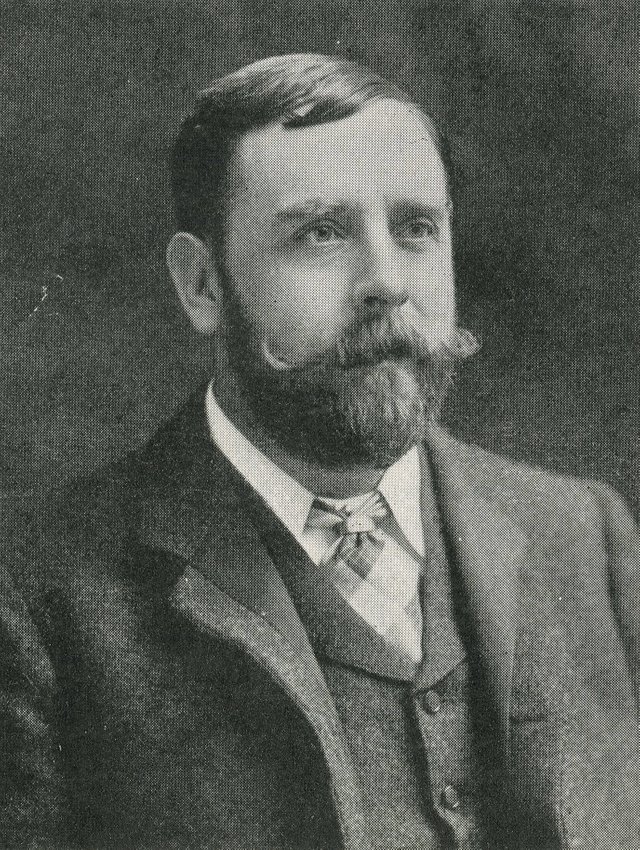
Francis Matcham (November 22, 1854 to May 17, 1920) was a British architect who specialized in the design of theaters and concert halls. He is known for his work in London under the Moss Empire, which included designs for the Arena (1900), Hackney Empire (1901), Coliseum (1903), Palladium (1910) and Victoria Palace (1911). During his 40-year career, he was responsible for the design and construction of more than 90 theatres in the UK, as well as the redesign and renovation of more than 80 theatres throughout the UK.
Matcham was born in Newton Abbot, Devon. At the age of 14, he became an apprentice to the architect George Soudon Bridgman. Matcham moved to London at the age of 21, where he joined J. T. Robinson's architectural firm, who later became his father-in-law. Under Robinson's leadership, Madame completed his first personal design, the Elephant and Castle Theatre, which opened in June 1879. He took over this business after the death of Robertson and continued to design various provincial theaters. He founded his own company Matcham & Co. in the 1880s and recruited skilled craftsmen. His first major association was established in the 1880s when he was hired to design and refurbish theaters belonging to the Revill family, which at the time owned many theaters in the UK.
The most successful period for Matcham was from 1892 to 1912, when he worked extensively at Moss Empires, a theater construction company led by Edward Moss and run by Oswald Stoll. Under their leadership, Matcham completed 21 theaters, three of which are in London and the rest in the provinces. Also during this period, even though he did not work at Moss Empires, he completed the theatre design for the Blackpool Theatre and the Royal Norwich Theatre in 1894, as well as the Leedsshire Arcade in 1900. Iain Mackintosh (Iain Mackintosh) wrote an article for the National Biography Dictionary in 1993. He pointed out that the interior of the matcha theater is superior to the exterior design of the building. Matcham's use of cantilevers in the exhibition hall made him no longer use columns, otherwise it would hinder the audience's view of the stage. The auditorium decoration is often mixed with Tudor straps, Louis XIV details, Anglo-Indian motifs, navy and military emblems, rococo panels, classical statues and Baroque columns.
Shortly before the outbreak of World War I, Matcham retired and returned to Westcliff, Essex. In 1920, he died of a heart attack caused by a blood infection. His biographer, Brian Walker, noted from the architect’s profile that he is "a man of remarkable vigour and had an enthusiasm for life ... he possessed a tranquility of mind and a great sense of humour and fun."